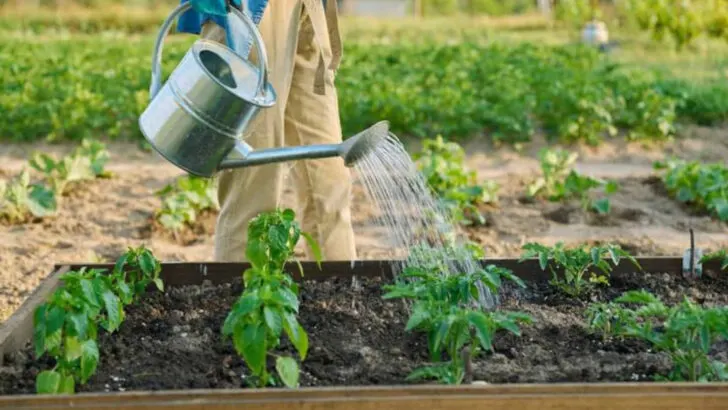By midsummer, your garden might look lush—but behind the scenes, certain habits could be quietly sabotaging its success. Whether you’re overwatering, crowding plants, or sticking to the same old routine, August heat will expose every small mistake. And while some habits seem harmless (even helpful), they might be doing more harm than good as the season peaks.
In this article, we’re breaking down 15 common gardening habits you’ll want to ditch before August arrives. From watering timing mistakes to failing to refresh soil or mulch, these missteps can lead to wilting plants, poor yields, and unnecessary stress. But don’t worry—we’re not just pointing out problems. We’re giving you smart, practical fixes that will revive your garden before it’s too late.
At Plantisima, we believe better gardening starts with better habits. Whether you’re growing herbs in pots or managing a full veggie patch, this is the perfect time to reset, rethink, and set your garden up for a strong finish to the season.
Overwatering Your Plants
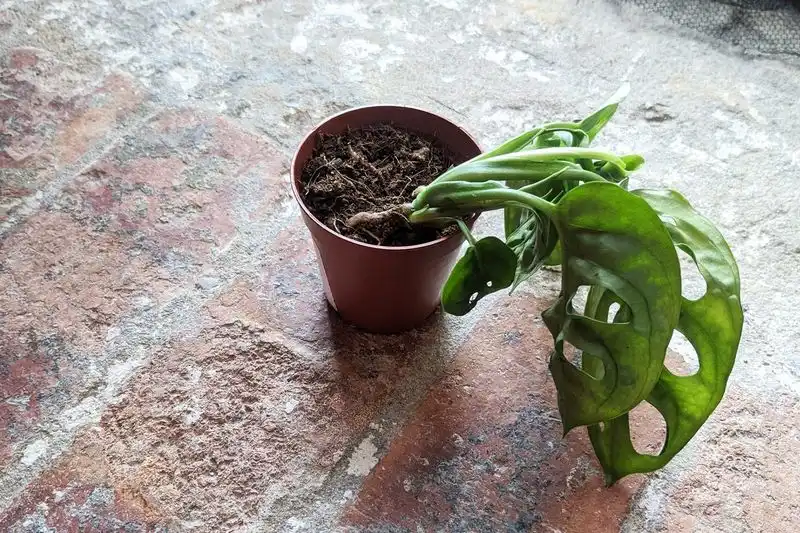
Too much love can drown, especially in the garden. Overwatering leads to root rot and fungal diseases, which are plant killers. Many gardeners mistake drooping leaves for thirst, but it could be waterlogged roots.
It’s crucial to check soil moisture before watering by sticking a finger into the soil up to the first knuckle. If it feels dry, then it’s time to water. Regularly assess your plants’ water needs, particularly during rainy periods. Each plant type requires different moisture levels, so a one-size-fits-all approach often spells disaster.
Shift your focus to promoting healthy root systems by providing just the right amount of water.
Ignoring Soil Health
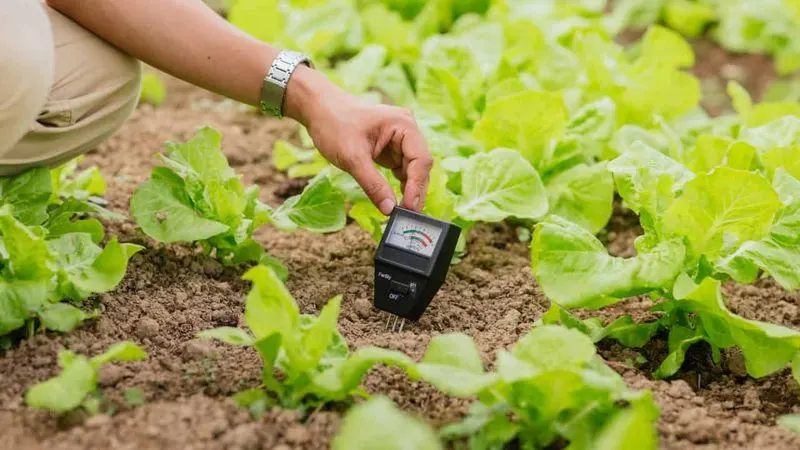
Soil is the foundation of any garden, and neglecting its health can lead to poor plant performance. Many gardeners focus on plants themselves and overlook what lies beneath.
Healthy soil is teeming with microorganisms that provide essential nutrients. Regular soil testing is crucial to understand its pH and nutrient levels. Work in organic matter like compost to improve its fertility and texture.
Did you know that crop rotation can also benefit soil structure and reduce pest buildup? By breaking the habit of ignoring soil health, you’ll cultivate a thriving environment for your plants.
Planting in the Wrong Spot
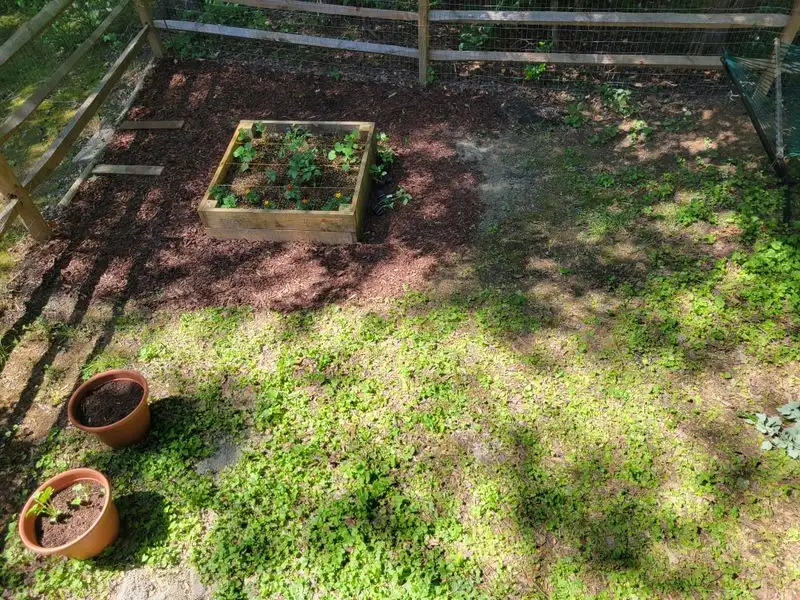
Location matters, even for plants. Placing plants in inappropriate spots can stunt growth or lead to their demise. Sun-loving plants need full daylight, while shade enthusiasts prefer cooler, dimmer areas.
Observe your garden’s light patterns throughout the day before deciding where to plant. Consider wind exposure and proximity to water sources as well. Some plants require protection from harsh conditions, while others thrive in them.
By understanding your garden’s microclimates, you can create a layout that ensures all plants receive their ideal conditions, fostering a healthy and happy garden.
Using Chemical Pesticides
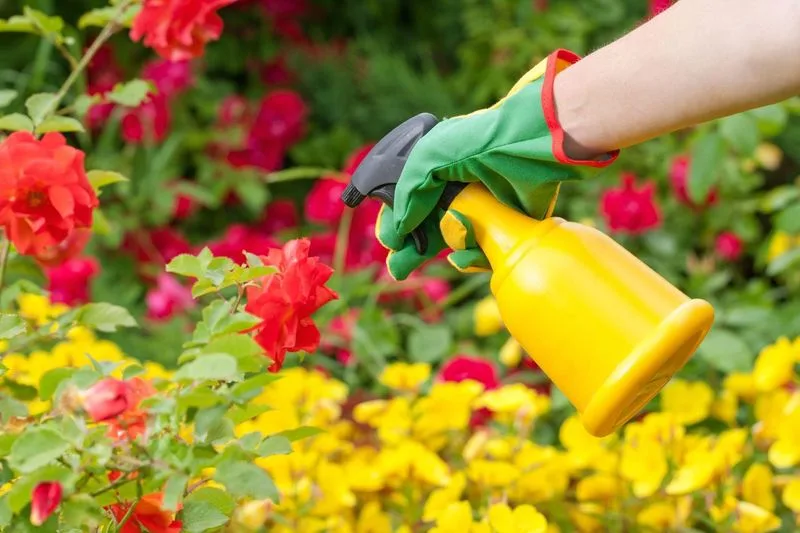
Chemical pesticides might offer quick solutions but at a dire cost to the ecosystem. They kill beneficial insects along with pests and can lead to chemical runoff in water sources.
Think about integrated pest management (IPM) as a sustainable alternative. Intervening with natural predators, like ladybugs and lacewings, can keep harmful bugs in check. Physical barriers and traps also deter unwanted visitors.
Embrace diversity in your garden to naturally repel pests and enhance plant resilience. Switching to eco-friendly solutions safeguards your garden’s health and supports local wildlife.
Planting Too Densely
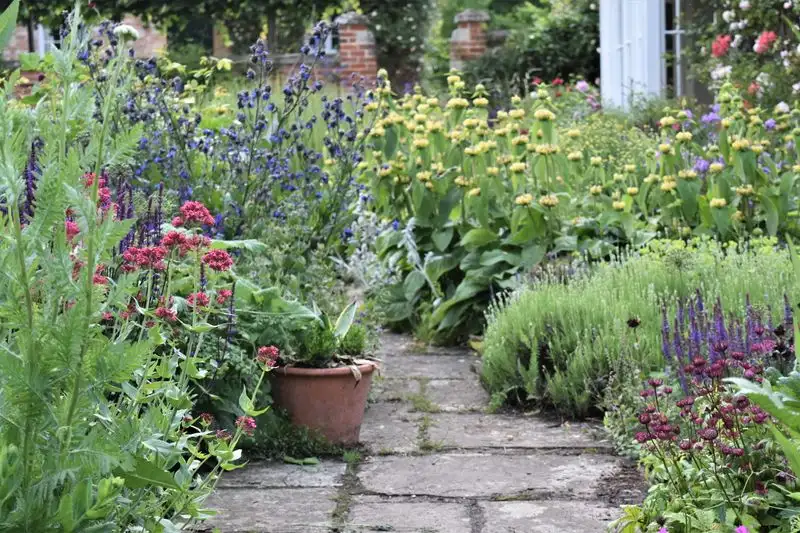
Overcrowding plants causes competition for nutrients, water, and sunlight, which can stunt growth and increase disease risk. Gardeners often fall into this trap, eager to fill every inch with greenery.
It’s crucial to follow recommended spacing guidelines for each plant variety. This allows sufficient air circulation and reduces the likelihood of fungal diseases. Observe how mature plant sizes affect spacing needs, ensuring they have ample room to grow.
Thinning seedlings and pruning can help manage density, promoting a thriving and balanced garden environment.
Neglecting Pruning
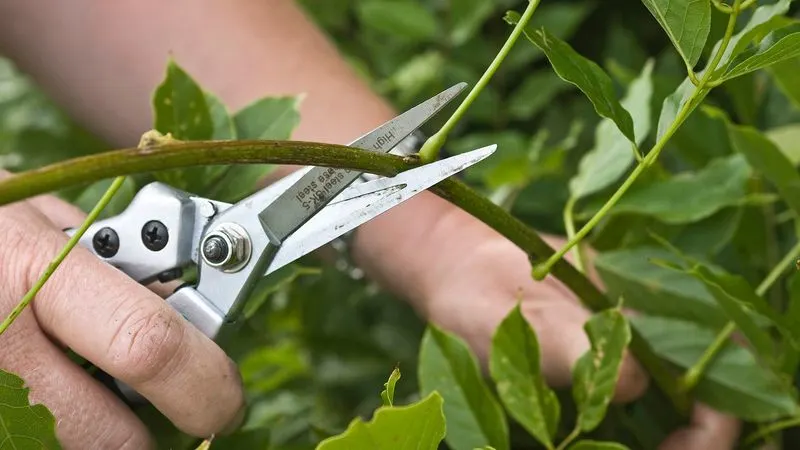
Pruning is often overlooked, yet it’s vital for plant health and aesthetics. When neglected, plants can become unruly, with dead or diseased branches sapping energy.
Regular pruning encourages new growth, improves air circulation, and shapes plants for optimal light exposure. Knowing the right time and technique for each plant species is key to effective pruning.
Remember, tools matter too—a clean, sharp pair of shears prevents damage and disease spread. By embracing this habit, your plants will not only look better but also live longer.
Ignoring Companion Planting
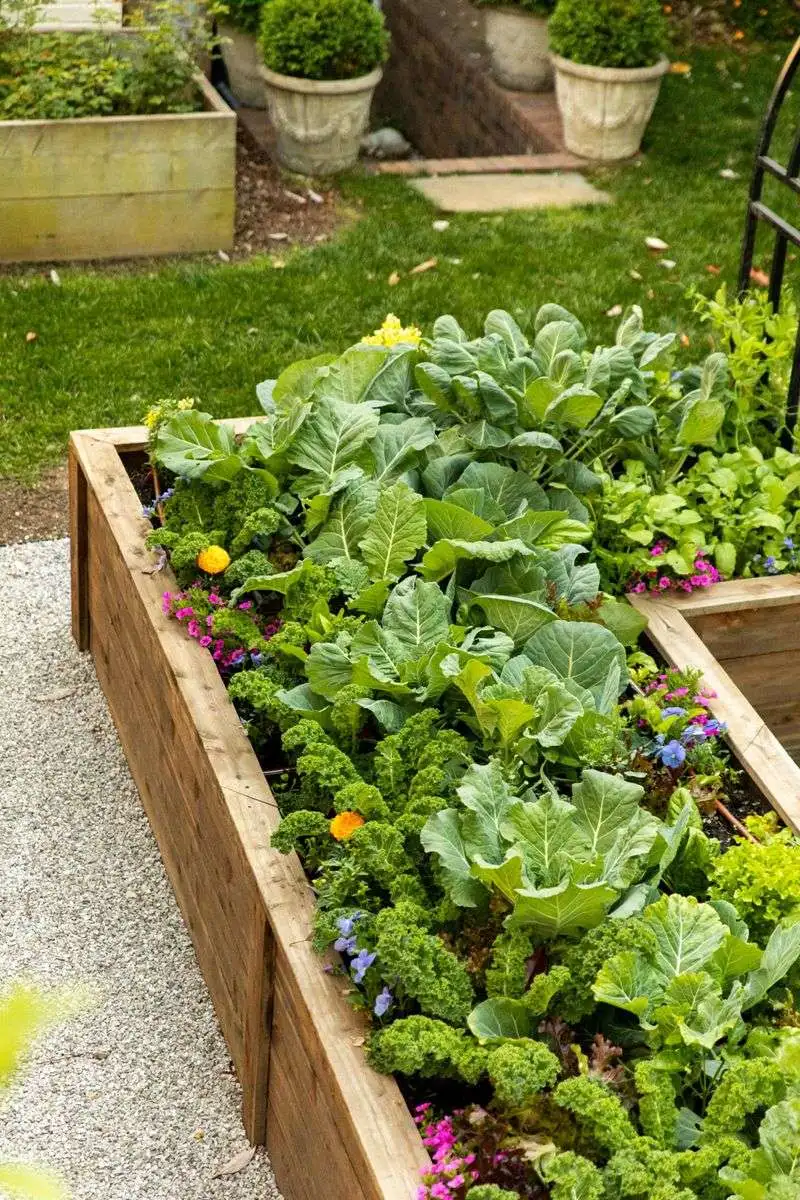
Companion planting is a smart strategy that many gardeners overlook. Pairing specific plants together can enhance growth, deter pests, and improve flavor. Ignoring this can leave your garden underperforming.
Tomatoes love basil not just in cuisine but in the soil too, while marigolds protect vegetables from nematodes. Research compatible plant pairings to maximize garden productivity.
This practice can also reduce the need for chemical interventions, as some companions naturally repel pests. Consider integrating this ancient technique into your gardening routine for a healthier ecosystem.
Skipping Crop Rotation
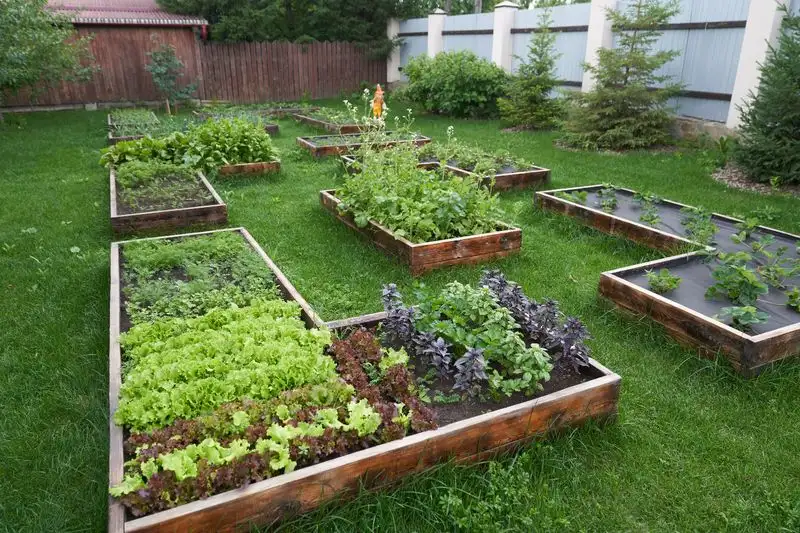
Planting the same crops in the same spot every year depletes soil nutrients and encourages pest buildup. Crop rotation is a simple yet effective habit to break this cycle.
Different plant families have varying nutrient and pest requirements. Rotating them helps maintain soil fertility and disrupts pest life cycles. Create a rotation plan that suits your garden’s size and crop variety.
Even small gardens can benefit from this practice, leading to healthier plants and improved yields. Breaking the cycle of repetition can rejuvenate your garden’s vitality.
Neglecting Watering Schedule
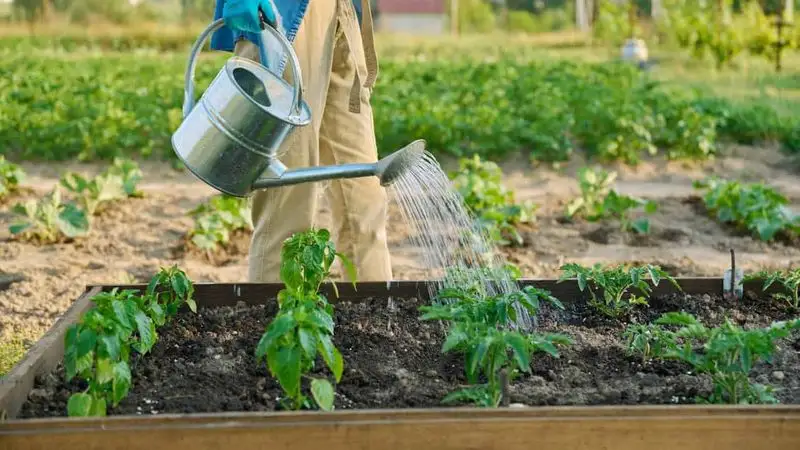
Consistency is key in plant care, and watering is no exception. Erratic watering schedules can stress plants, leading to poor growth or death.
Establish a regular watering routine tailored to your garden’s climate and plant needs. Early mornings or late afternoons are ideal to minimize evaporation.
Consider the use of drip irrigation systems for efficiency. Monitoring weather patterns can also help adjust watering frequency, ensuring your plants receive just the right amount of hydration. A well-planned schedule will keep your garden flourishing.
Fertilizing Incorrectly
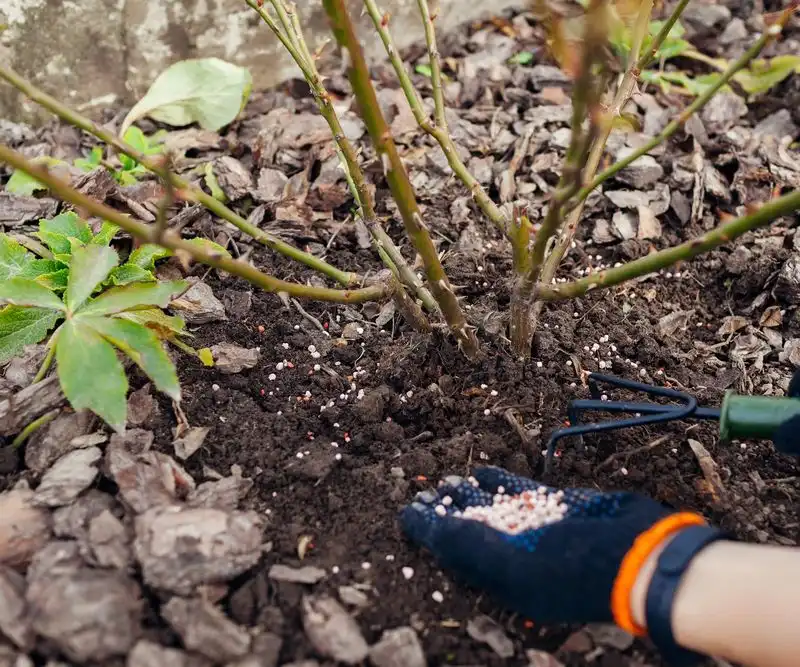
Improper fertilization is a common mistake that can lead to nutrient imbalances, harming plant health. Over-fertilizing can burn roots, while under-fertilizing leaves plants starved of essential nutrients.
Understand the specific needs of each plant and choose fertilizers accordingly. Soil tests can guide your fertilization strategy, revealing nutrient deficiencies or surpluses.
Opt for slow-release fertilizers to ensure a steady nutrient supply. Adjusting your fertilization routine can make a significant difference in plant vitality and productivity, creating a more balanced garden environment.
Disregarding Seasonal Changes
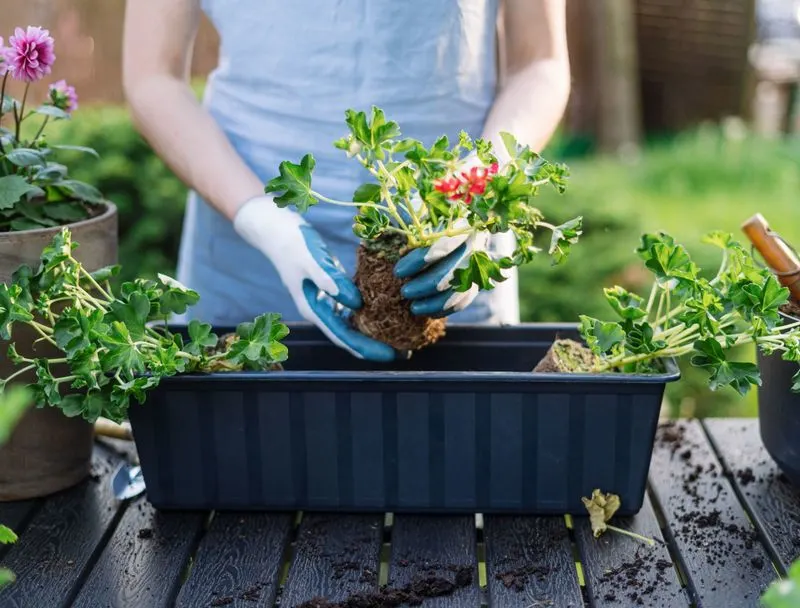
Not all plants thrive year-round; ignoring seasons can damage them. Planting out of season leads to frost damage or heat stress, impacting growth.
Research local climate and seasonal patterns to select appropriate plant varieties for each time of year. Use resources like gardening calendars to plan effectively.
Consider protective measures like mulching to insulate plants during temperature fluctuations. By aligning planting with seasons, you’ll enhance plant survival and performance, ensuring your garden remains vibrant throughout the year.
Ignoring Garden Tools Maintenance
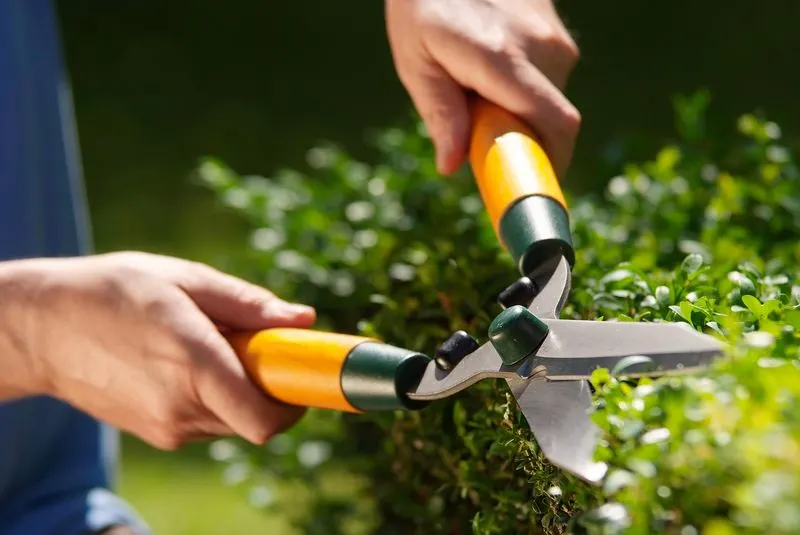
Gardening tools need care too, yet they often get overlooked. Rusty, blunt tools can damage plants and make gardening chores more laborious.
Regular maintenance, such as cleaning, sharpening, and oiling, extends tool longevity and efficiency. Clean tools prevent disease spread among plants and ensure precision in tasks like pruning or digging.
Consider setting a maintenance schedule to keep everything in top shape. This small investment of time will enhance your gardening experience and help maintain plant health.
Not Labeling Plants
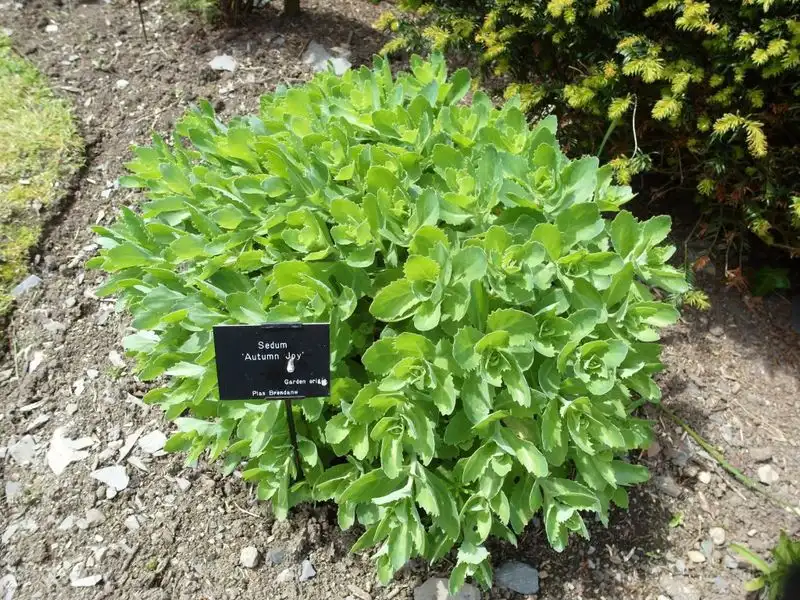
Forgetting to label plants leads to confusion, especially when identifying seedlings or tracking growth. Labels are crucial for keeping track of varieties, planting dates, and care requirements.
Use durable, weather-resistant labels and update them as needed. This practice ensures you can easily differentiate between similar-looking plants and make informed care decisions.
Incorporating a labeling system can prevent mix-ups and aid in planning future gardening endeavors. With clear identification, your garden will be more organized and manageable.
Avoiding Native Plants
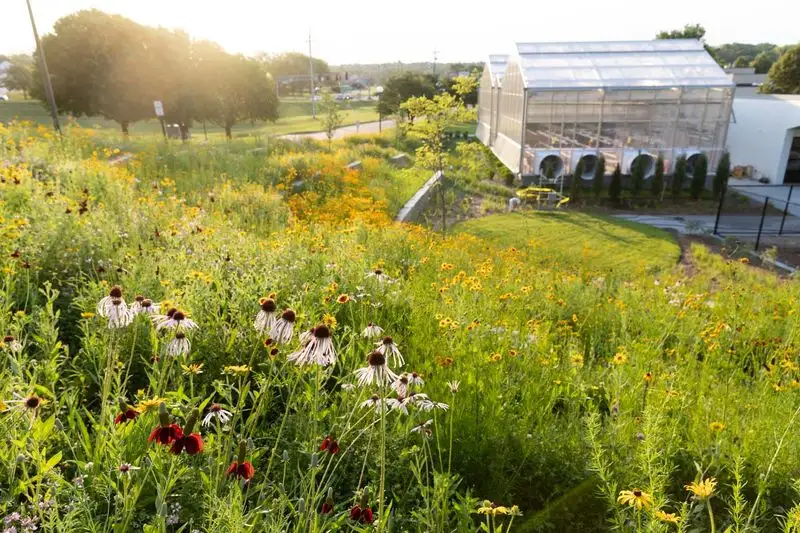
Native plants are often overlooked in favor of exotic ones, yet they offer numerous benefits. They are adapted to local climates and soils, requiring less maintenance and resources.
Incorporating native species supports local wildlife, including pollinators like bees and butterflies. They also resist local pests and diseases better than non-native plants.
Research regional native species that complement your garden’s design. By choosing natives, you’ll create a sustainable, low-maintenance garden that flourishes with minimal intervention.

